Have you ever wondered why some tables play tough and others easy? Lets explore Table Difficulty Factor or the TDF system that measures table toughness. You can use TDF to characterize and compare any pool table for the most part.
There are many factors that affect how difficult a table plays, including table size, pocket size, facing angle, and shelf depth, among others incuding defects if a table hasn't been serviced or maintained properly. But the main factors not depending on conditions are table size and pocket geometry. The corner pocket opening size, facing angle, and shelf depth are particularly important as you'll see.
If a table is large, shots will generally be longer, making them more difficult. Large facing angles and deep shelves can cause balls to rattle if hit incorrectly.
The Table Difficulty Factor, or TDF, is a percentage measure of how difficult or easy a particular table plays based on table size and three simple corner pocket measurements. It's calculated from four factors: Table Size Factor (TSF), Pocket Size Factor (PSF), Pocket Angle Factor (PAF), and Pocket Shelf Factor (PLF).
To determine a table's TDF, you just need to know the table size and take three simple corner pocket measurements. Let me walk you through it.
For the pocket, we need the mouth size, facing angle, and shelf depth. You can use a ruler to easily measure all three. The mouth measurement is taken point to point. The shelf depth is measured from the point-to-point line to the slate top lip edge. If you have a protractor, you can measure the facing angle directly.
With table size and pocket geometry information, the TDF can be calculated manually or automatically using a spreadsheet or electronic calculator. The TDF for a standard nine-foot table is considered about average.
Example TDF ratings for a wide range of table sizes, types, and brands can be found in forums and informational sites thread across the internet.
How difficult is the table you usually play on? Take the three simple measurements, calculate the TDF, and see how it matches up.
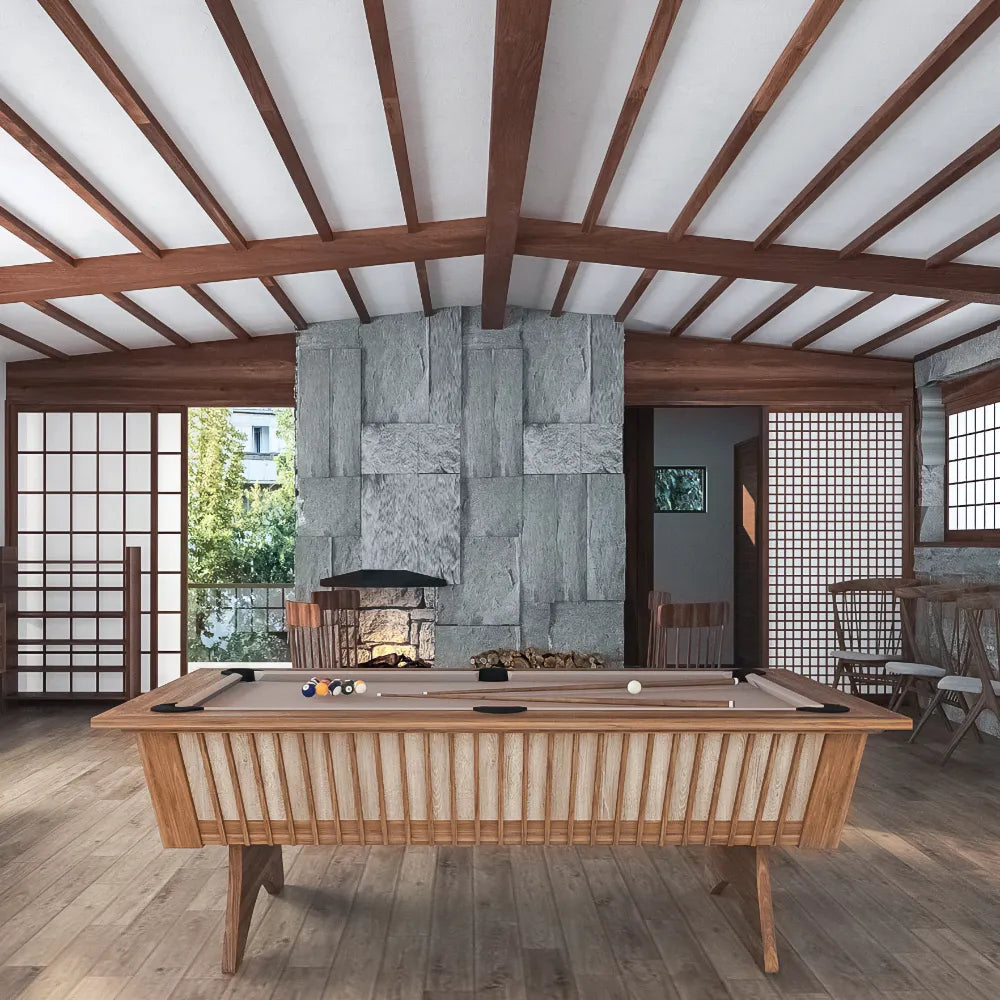
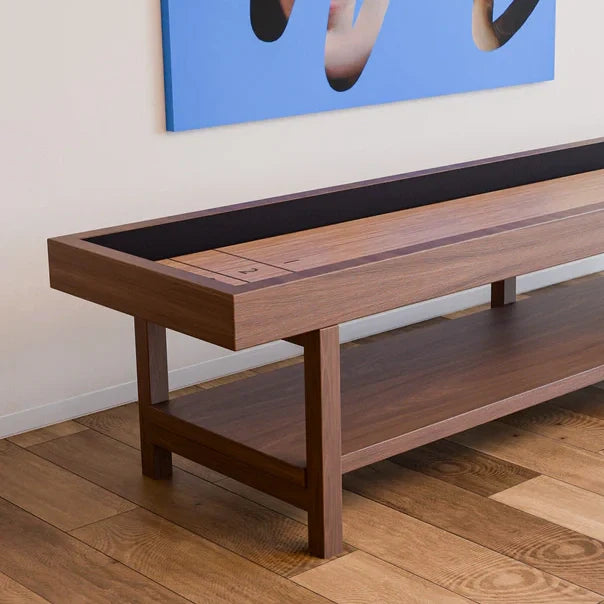
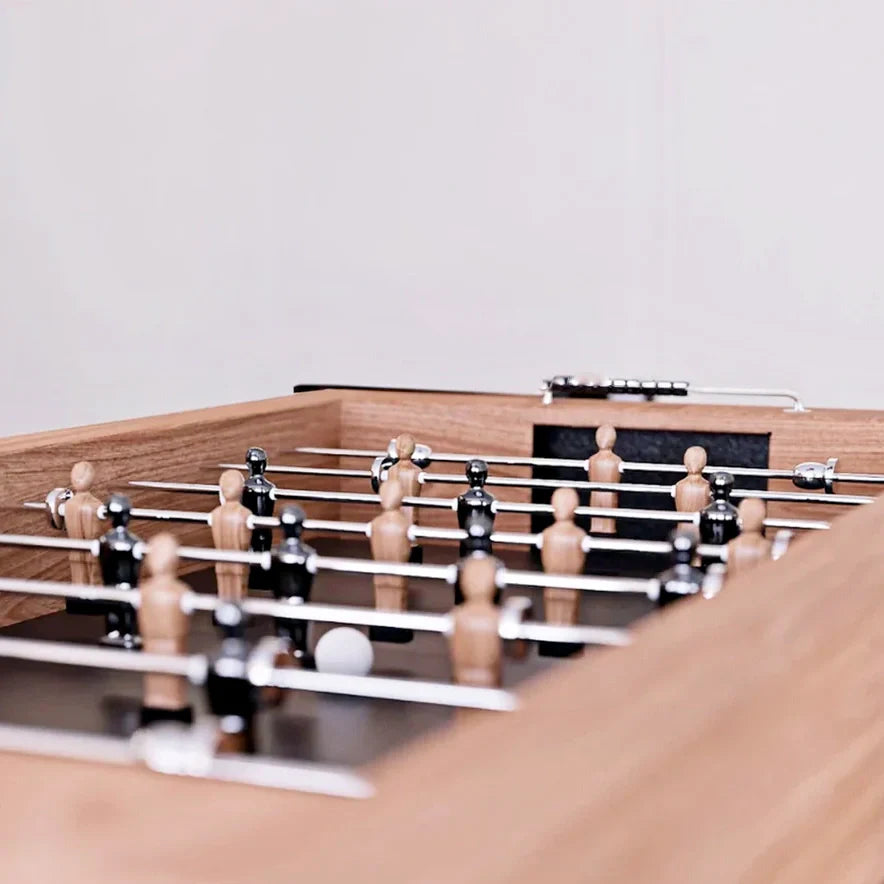
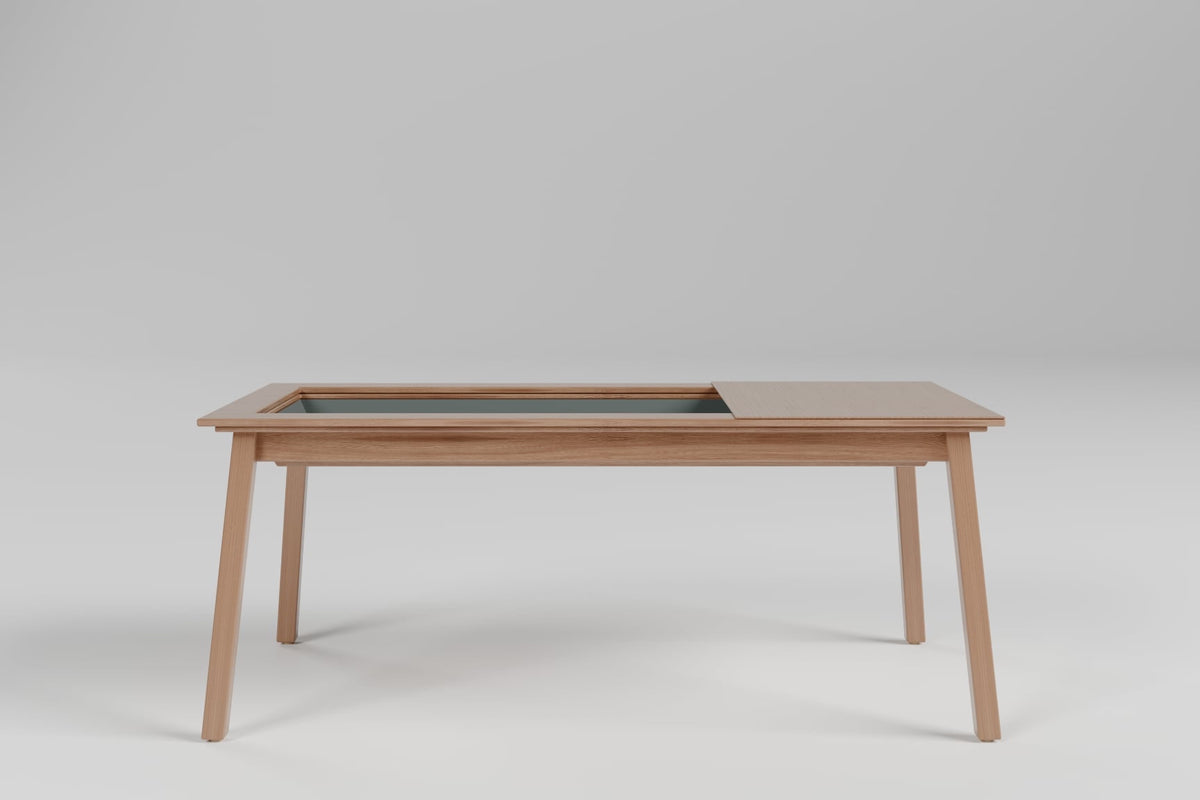
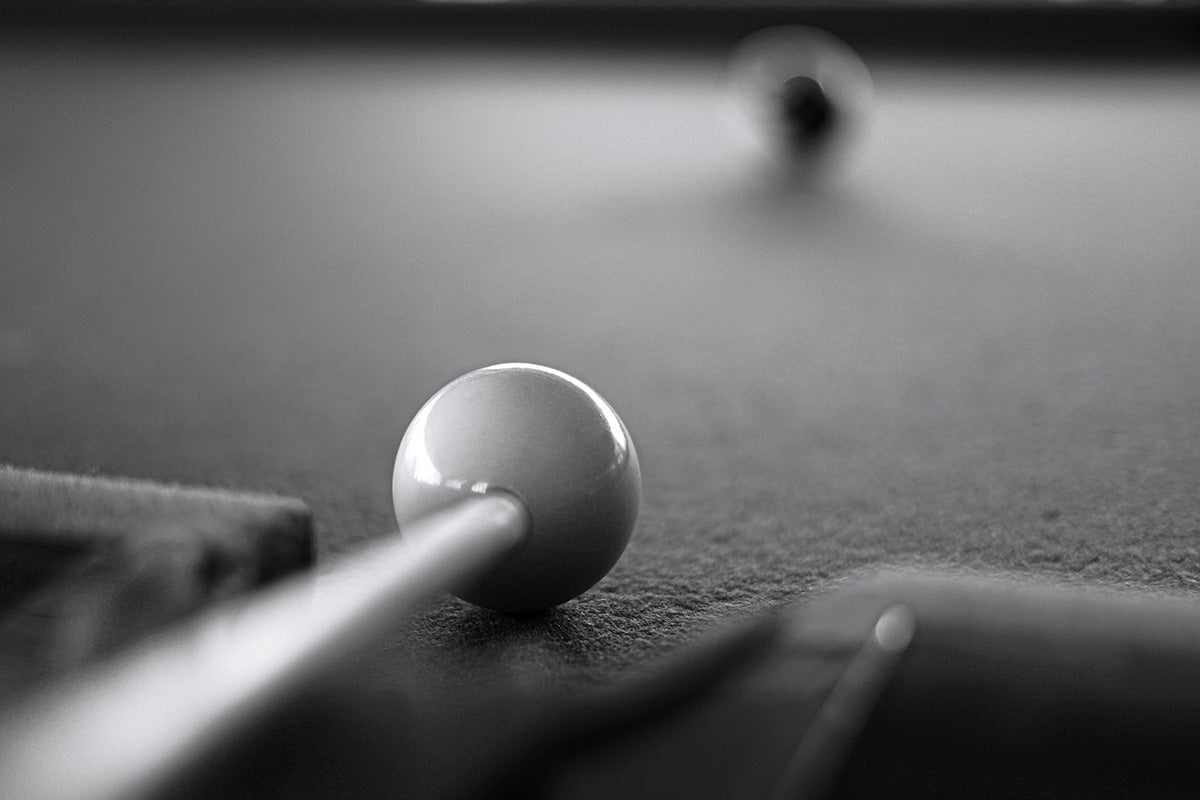
0 comments